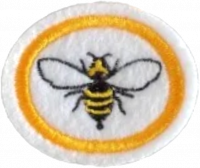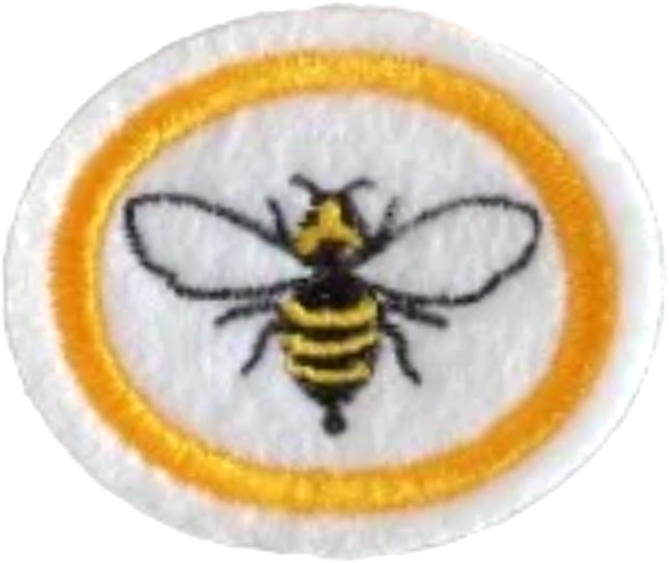Requisitos para la especialidad JA de Abejas y avispas
Nivel de destreza
1
Año
2025
Version
20.12.2025
Autoridad de aprobación
División Sudamericana
1. ¿A qué orden pertenecen las abejas, las avispas y los avispones? ¿Cuáles son las características de este orden? ¿Qué otros insectos comunes pertenecen a este mismo orden?
2. ¿Qué significa el término holometábolo? Ilustrar el ciclo de vida de un insecto holometábolo.
3. ¿Cuál es el nombre científico de la abeja conocida como Europa?
4. ¿Cómo se clasifican las abejas en una colonia?
5. Responder a las siguientes preguntas acerca de las abejas:
- a.
What is the largest species of bee?
- b.
Why are bees so sociable with each other while wasps are not?
- c.
What is the name of the profession of beekeeper?
- d.
Why does a bee die soon after stinging a person or animal?
- e.
Where was the bee species Apis mellifera ligustica brought to South America?
- f.
What makes bees follow their queen?
- g.
What do bees collect from flowers?
6.
Name five species of stingless bees.
7.
What are the potential benefits and harms of bees to humans and nature?
8.
How do bees pollinate flowers? Illustrate.
9.
What are the differences between wasps and hornets?
10.
Describe the characteristics of wasps and hornets, including habits, feeding, and reproduction.
11.
Illustrate and describe the life cycle of the Pepsis formosa pationii wasp.
12.
What are the possible benefits and harms of wasps and hornets to humans and nature?
13.
Which bird species only builds its nests where there are hornet nests?
14.
Complete the following requirements:
- a.
Find a Biblical text containing the word "wasp".
- b.
Name three Biblical characters who ate honey.
- c.
To which people did the two kings belong who were driven from their lands by hornets?
- d.
According to the Bible, what is sweeter than honey?
- e.
What is humankind's responsibility to nature? (Genesis 1:27-28; 2:15)



